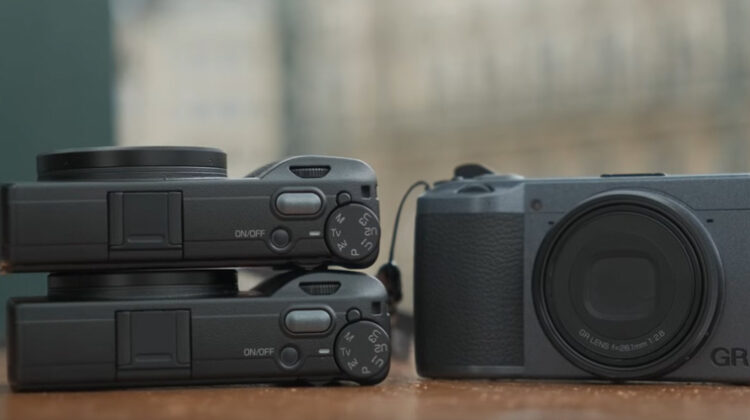
What is the GR III HDF?
The GR III HDF is basically the same camera as the regular GR III — same sensor, same lens, same body. The only difference is this built-in Highlight Diffusion Filter (HDF) that gives your photos a softer, glowier look straight out of camera. It’s meant to be subtle, but you can tell when it’s on.

There’s a button that toggles the effect on or off. Handy.
ND vs. HDF: What You’re Actually Trading
Before we get too deep into the GR IIIx HDF, it’s worth pausing to talk about the other HDF model that dropped alongside it—the GR III HDF. The difference between Ricoh’s regular GR III and the HDF version isn’t cosmetic (though the silver looks slick); it’s all about the built-in filter.
Instead of the standard ND filter, Ricoh dropped in a Highlight Diffusion Filter. What’s that actually mean? In practice, you’re trading technical utility for mood. The HDF gives your shots a soft, slightly dreamy glow in bright spots—like backlit portraits, fairy lights, reflections, neon. It’s very “Instagram at golden hour” but baked into the glass. No post, no filter thread, no extra work. You just shoot and get that glow.

The trade-off? You lose the built-in ND filter, which used to let you shoot wide open in bright light without blowing your highlights. So if you’re into long exposures, motion blur, or controlling shutter speed in sun-drenched scenes, that ND was clutch. Now? You’ll need to pick up a third-party solution like the NiSi adapter if you want that kind of control back.
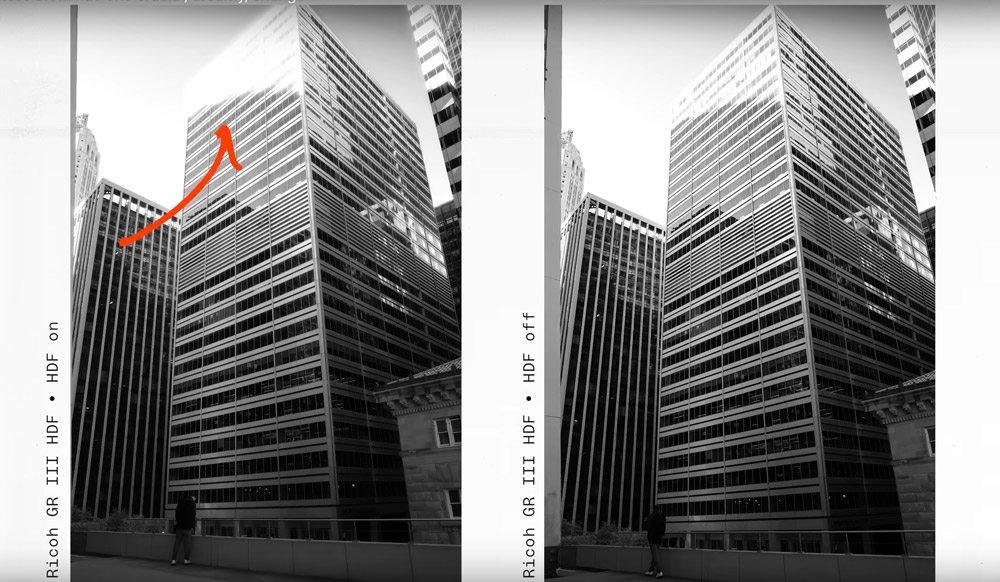
Other than that, the GR III HDF is the same camera as the GR III. Same sensor, same lens, same strong JPEG engine, same street shooter chops. Just vibier.
Honestly, for most people, the decision comes down to this: do you want clean and controlled, or moody and misty? The HDF look is a specific flavor. I’d personally still take the regular GR III with a Black Pro-Mist 1/4 in my pocket, but if you want a filmic look straight out of camera with zero fuss, the GR III HDF gets you there.
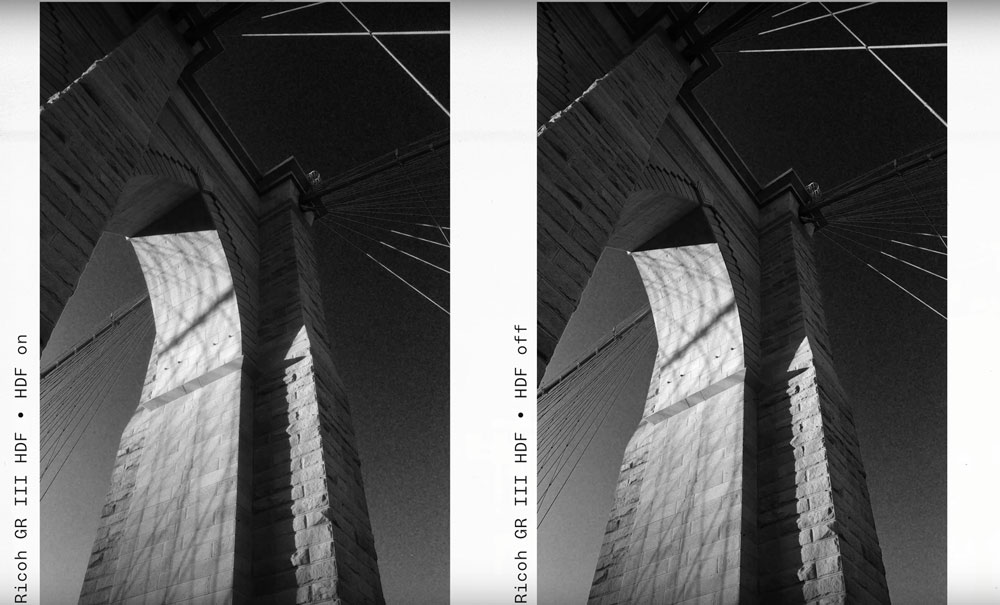
Who the HDF Version is For
If you mostly shoot dreamy, slightly vintage photos and want highlights to glow, this version might be for you.

Sometimes the HDF look just hits in the right lighting, especially with sun flares or indoor lamps. It’s like built-in nostalgia, no filters or editing needed.
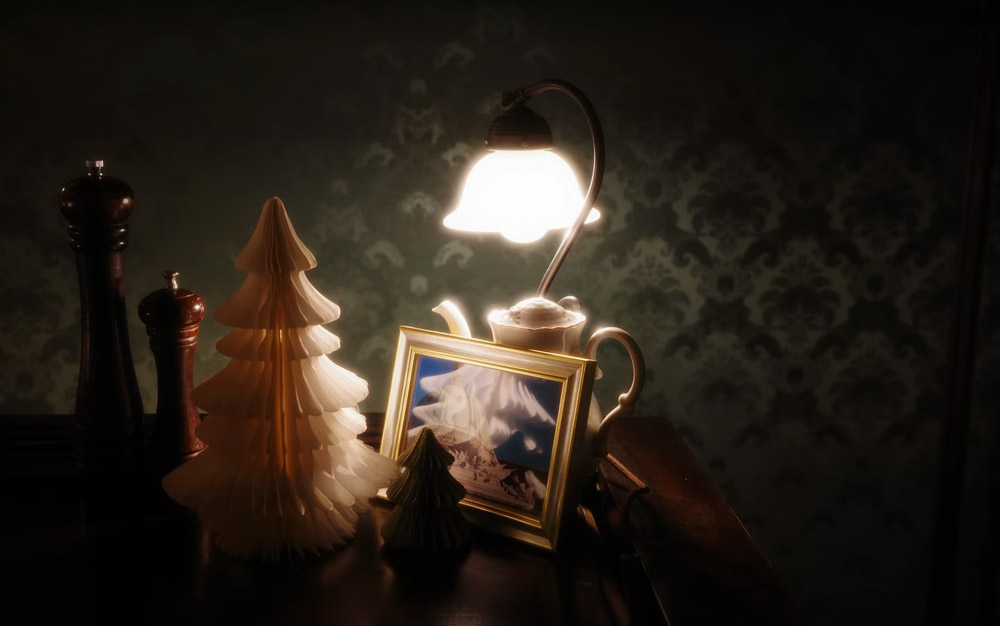
You also don’t need to mess around with adapters or extra filters like you would on the regular GR III. That’s a plus if you’re the kind of person who just wants to shoot and post.
A Little Lens Talk
It’s the same stabilized 28mm f/2.8 lens we know from the GR III, sharp right from wide open.

They’re kind of soft and undefined, even at f/16. But flare control and distortion are impressively well-tamed, so backlight lovers can rejoice.
The Sensor Story
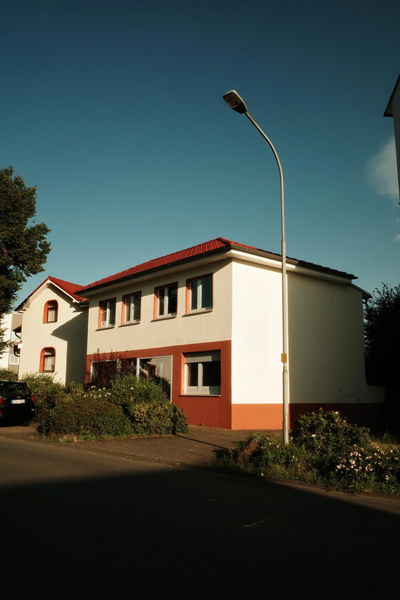
Still rocking the 24MP APS-C CMOS sensor—solid dynamic range, clean through ISO 800, workable at 12800. ISO 25600 and up? It gets crunchy, but color surprisingly holds up. If you like to edit, DNGs from this camera are super pliable. And JPG shooters aren’t left out: Ricoh gives you a buffet of film-y profiles, plus room for custom recipes.
Handling Vibes

Buttons? Plentiful but not overwhelming. That ADJ rocker up top is underrated, basically your own mini quick menu. Snap Focus is here, of course. Great for fast street work, though I’ll admit I forget it’s on half the time and wonder why nothing’s focusing. No viewfinder, no tilt screen, but it is pocketable. That’s the trade.
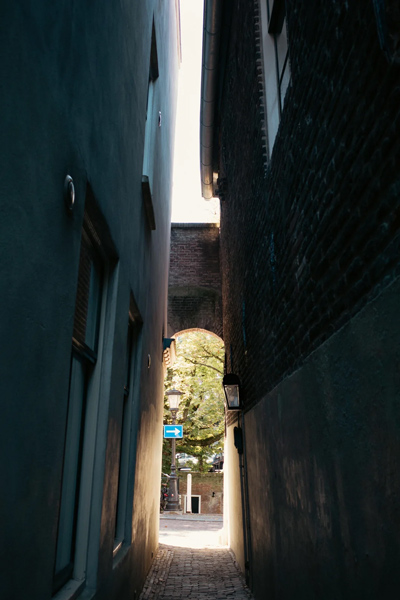
Autofocus: Good, Not Great
It’s got hybrid phase and contrast detection, and it’s snappy, especially for stills. But there’s no subject tracking or animal eye detection, so if you’re chasing kittens or action, it’ll show its limits. Macro mode is fun, but toggling it on/off can get clunky.
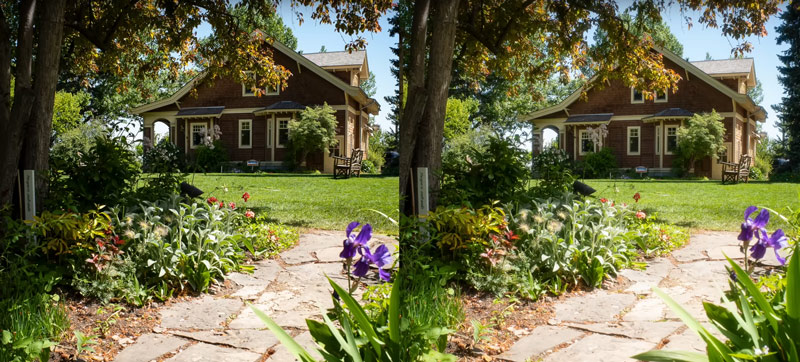
Battery Life and Connections
Expect about 200 shots per charge, less if you’re constantly chimping or transferring files via Wi-Fi. USB-C charging is handy, but definitely pack a spare battery or power bank. No HDMI, but it does have 2GB of internal storage. Handy in a pinch.
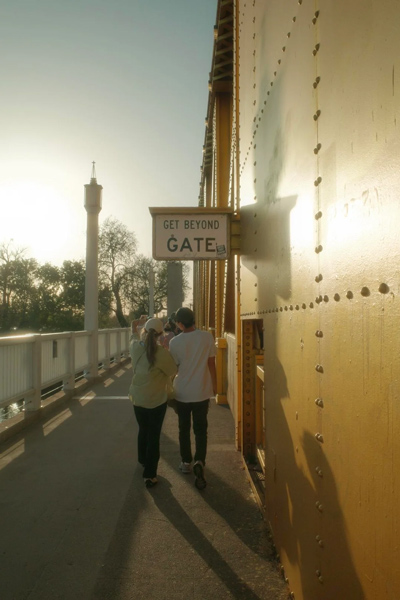
The HDF Effect can be too strong
Some people think the effect is too strong, especially if you’re going for a cleaner or sharper image. People said they tried it a couple of times and didn’t like the results at all. Others say they don’t use it often, but they’re still glad to have it when the mood strikes.
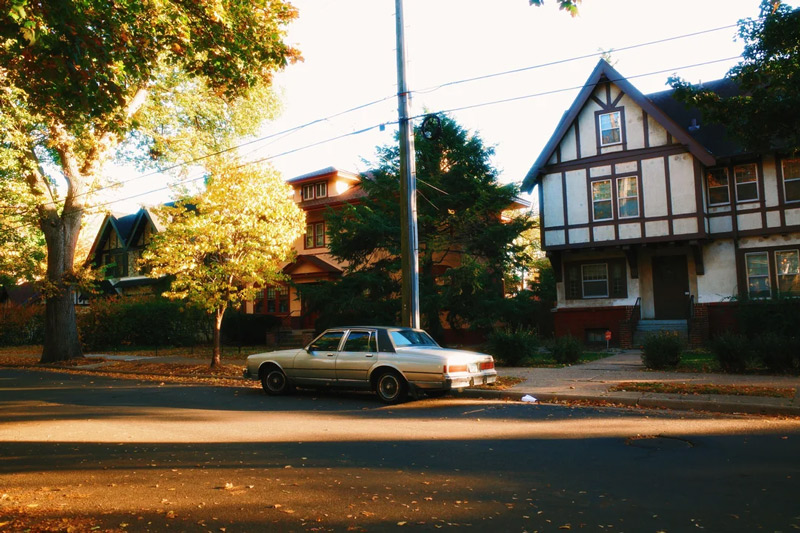
Also, if you’re somewhere super bright, say a sunny beach or city, the regular GR III has a built-in ND filter, which helps keep your shots balanced without blowing out the highlights. The HDF version drops that feature. For some folks, that’s no big deal. For others, that’s a dealbreaker.

Things That Still Bug Me
Even though I love shooting with this camera, a few things still grind my gear, especially for a camera in the USD 1000+ range in 2025.
- Battery life is still meh. About 200 shots per charge. That’s not great these days, especially when we know better battery tech exists. Ricoh, if you’re reading this: please fix it in the next one.
- Low light autofocus is inconsistent. It’s usable and a bit improved from earlier models, but it’s still not something I’d trust fully in darker settings. I don’t expect Sony-level performance, but it can feel a bit hit or miss.
- Noise at higher ISOs isn’t great. Again, I get it, it’s not full-frame. But if you like to shoot past ISO 3200, don’t expect magic.
- Dust ingress is still a thing. No weather or dust resistance, and Ricoh hasn’t addressed the long-standing issue of dust sneaking in behind the lens element. It’s kind of wild that we’re seven variants deep into the GR III family, and this still hasn’t been fixed. Workarounds like JJC stick-on filters or Squarehood accessories exist, but they shouldn’t be mandatory.
My Take
🔍 Pros of the GR IIIx HDF (based on user feedback from photography community)
1. Unique image look (soft, dreamy glow)
Several users like the HDF filter effect, describing it as a “soft subtle glow,” “dreamy,” or having a romantic, nostalgic feel. It works well in sunlit scenes and interiors with specular highlights.
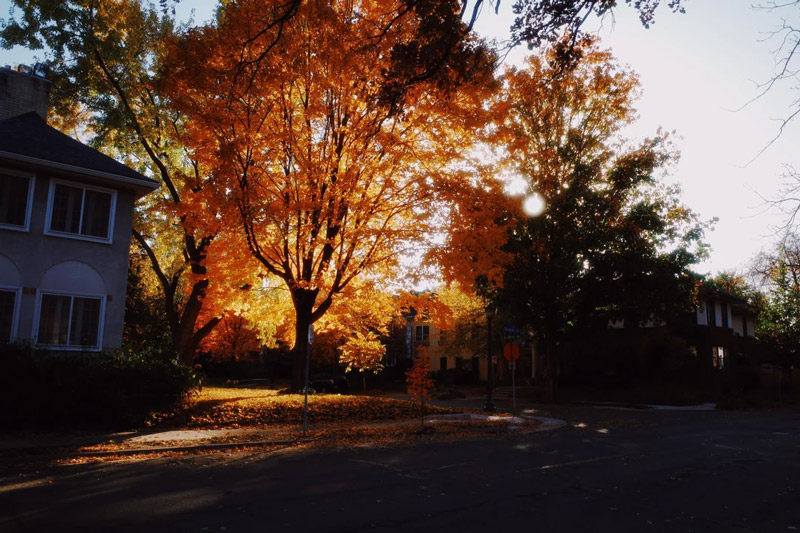
“When it hits, it HITS, and the results are quite nice.”
“I personally love it, especially when it adds just a soft subtle glow.”
2. Convenience of built-in HDF filter
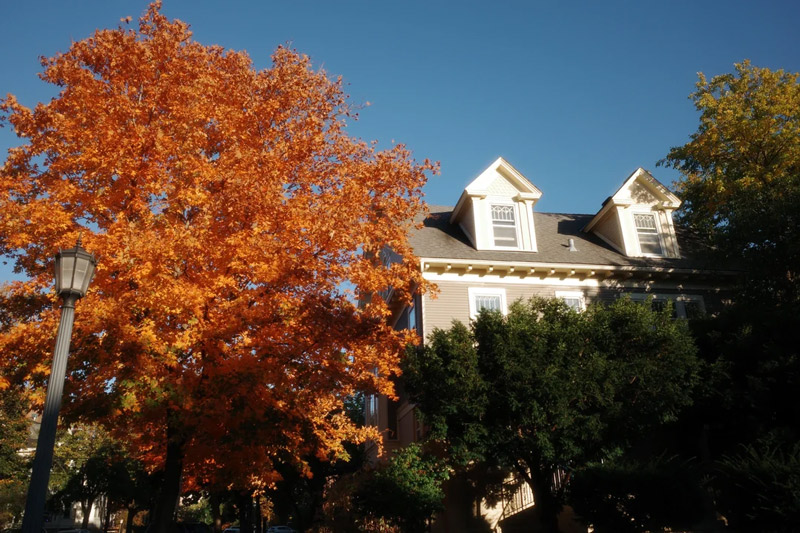
The HDF can be toggled with a dedicated button, making it easy to switch without needing screw-on filters or adapters.
“I rather have that than carrying an adapter with diffusion filter.” –
3. ND filter considered less essential by some
Some people say they rarely used the ND filter in daily shooting, even in bright sun.

“I live in a sunny city and never did I need the ND filter.”
“I would use an ND even less… so slight edge to HDF.”
🧯 Cons of the GR IIIx HDF (based on user feedback)
1. HDF effect can be too strong / not always desirable
Multiple users mention the HDF glow is a bit much, especially in certain lighting or subject matter.

“I feel my 28mm HDF is too strong. Tried it couple times, did not like the result.”
“I’ve found the HDF is quite strong so don’t use it often.”
2. Added cost compared to standard GR III
Some feel the HDF version doesn’t justify the additional ~$100 if you don’t plan to use it often.
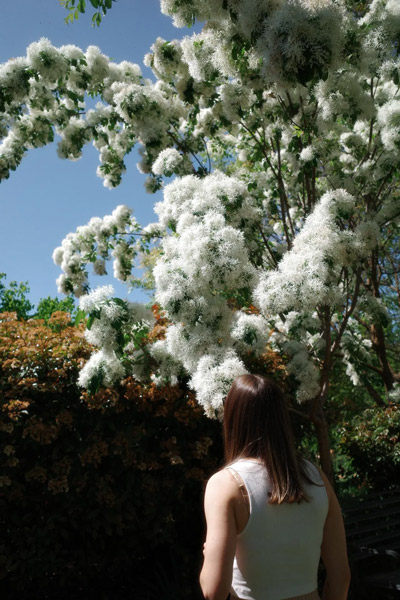
“$100 cheaper is a lot. And HDF effect is too strong in my opinion. No reason to spend more.”
3. ND filter may still be useful to some shooters
In bright light, the internal ND still has value, especially if you’re avoiding smaller apertures.
“I often find myself in situations where it’s applied even at f8… ND helps.”
4. You can replicate the HDF look externally or in post
Several people point out you can achieve similar effects with diffusion filters or post-processing.
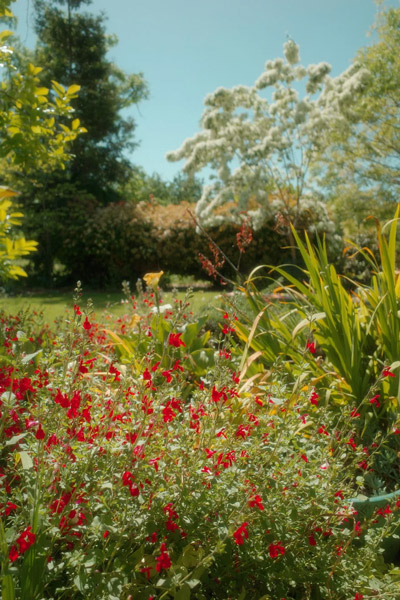
“So many more options when it comes to diffusion filters.”
My Take
If you’re the kind of person who just wants a small, no-fuss camera for your travels or everyday stuff, the Ricoh GR III HDF is kind of perfect. You don’t need to carry lenses. You don’t need to think too hard. You just shoot.
But if you care more about having control, sharper detail, or want to add effects later (or not at all), the regular GR III might be the better call — and it’s cheaper, too.
Either way, the Ricoh GR series in general is a joy to use. The HDF version just adds a bit of mood on top.
Quick Recap:
- GR III HDF = dreamy glow, no ND filter, toggleable with a button.
- Regular GR III = has ND filter, no glow, cheaper, more neutral look.
- If you’re mainly shooting for a soft look? HDF might be your thing.
- If you’re after a high-quality compact with a fixed lens, your options in 2025 are still weirdly limited. It’s basically the Leica Qs (if you’ve got deep pockets), the Fuji X100 line (if you want something a bit more versatile), and the Ricoh GR series.

Leave a Reply